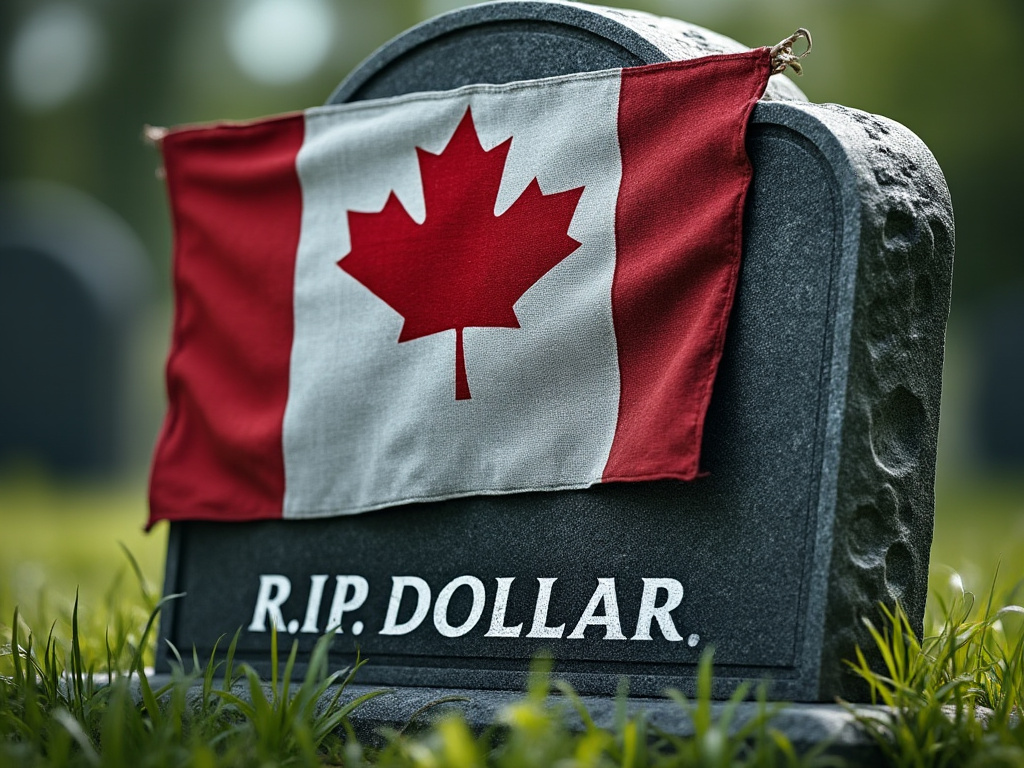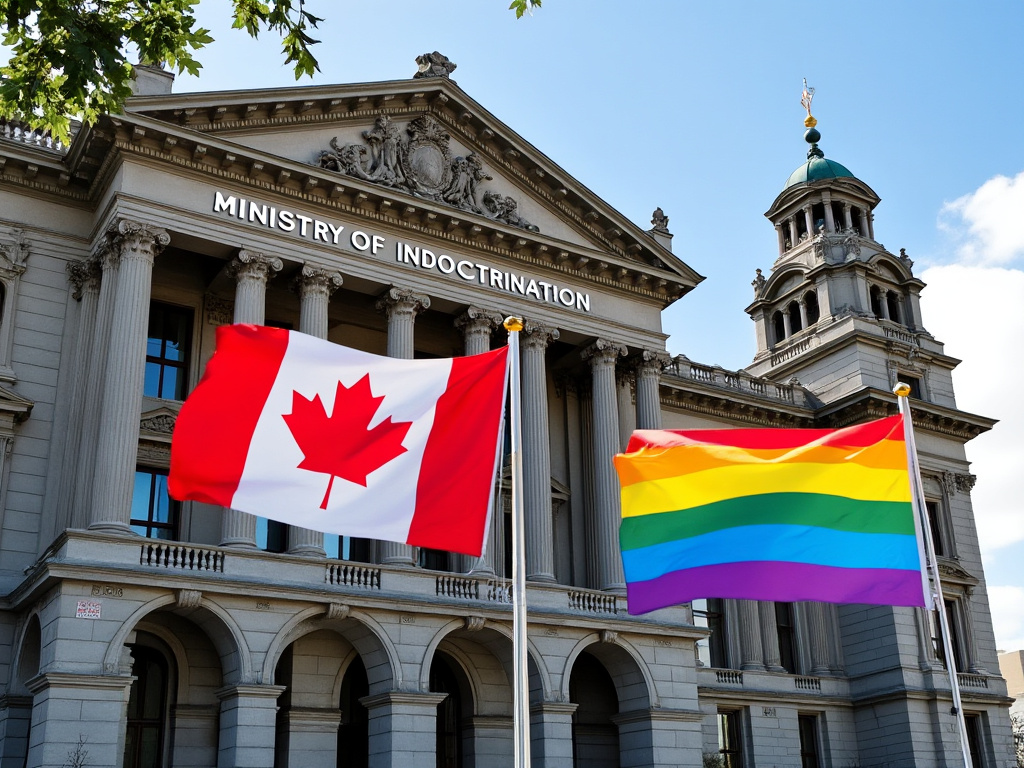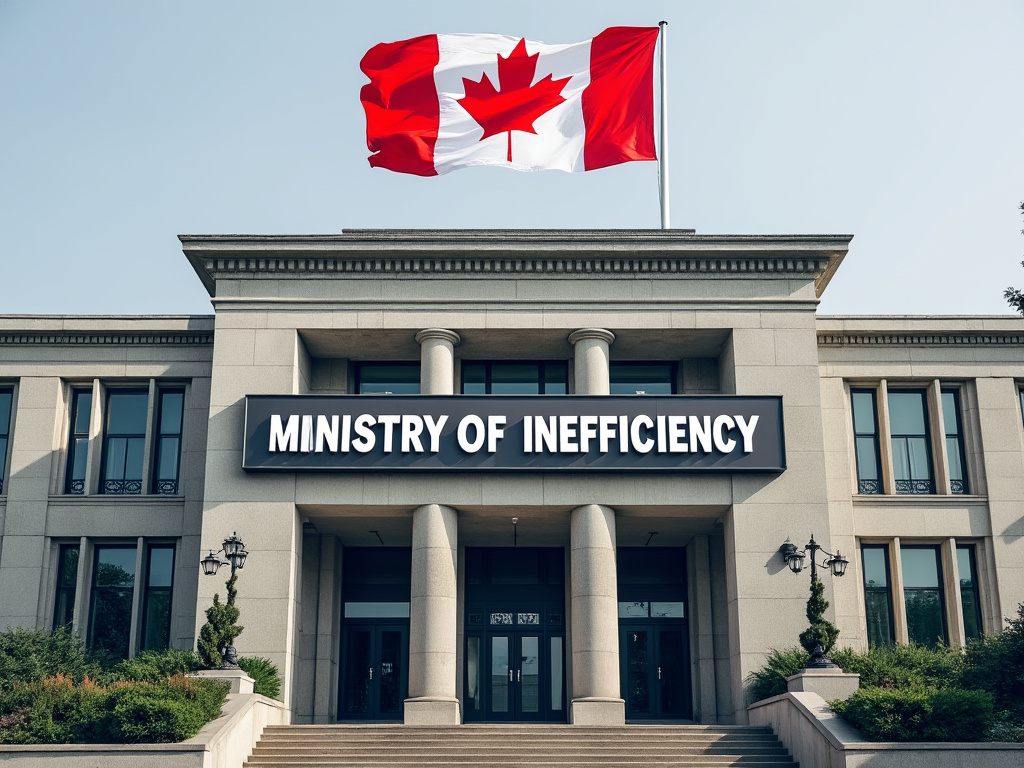
- Hi Denizens, welcome back.!
- Lets talk about The Disaster, AKA Canada
- Acknowledgements,
- Foreword,
- The Great Regulator
- Cost Maximization (Or, How to Spend Like a Drunken Sailor)
- Terrible Services - A Masterclass in Mediocrity
- Incompetent Health Care and Education
- The Innovation Vacuum
- Conclusion: The Less, The Merrier
- FREQUENTLY ASKED QUESTIONS.
- Refferences
Hi Denizens, welcome back.!
- Hi Denizens, welcome back.!
- Lets talk about The Disaster, AKA Canada
- Acknowledgements,
- Foreword,
- The Great Regulator
- Cost Maximization (Or, How to Spend Like a Drunken Sailor)
- Terrible Services - A Masterclass in Mediocrity
- Incompetent Health Care and Education
- The Innovation Vacuum
- Conclusion: The Less, The Merrier
- FREQUENTLY ASKED QUESTIONS.
- Refferences
Lets talk about The Disaster, AKA Canada
Acknowledgements,
This article is Inspired by @JustinTrudeau, @cafreeland , @theJagmeetSingh @BlocQuebecois , @CanRevAgency , @bankofcanada and yes, and even the great messiah and bringer of rain, @PierrePoilievre
Foreword,
“It’s Grade 11 Math” @FossGregfoss , and there’s no stopping this train. 📉

Although they may not personally be aware, Trudeau, Freeland, and even Singh’s egos can’t recreate the laws of mathematics, physics, and thermodynamics. Every Fiat currency in history has failed and you all need a reality check.
🚨**SPOILER ALERT** 🚨; We may not be rich, but are not stupid.
The Global monetary system is already insolvent, fiscal and monetary policy have diverged, and the Canadian fiat dollar is goin to zero. It’s a slow motion rug pull on the tax-payer and that’s the plan.
It’s mathematically impossible to pay off the deficit in Canada, let alone the debt, without inflating our money on purpose and lying about it. THEREFORE, it’s a mathematical certainty that the government will debase our dollar to $0.00 in order to accomplish this.
As such, its on you, Pierre. You need to do one of five things. Continue the scam and re-value commodities, create a new monetary system, join BRICS, adopt the US dollar, or peg our trash currency to #Bitcoin
Good luck!
In any case, on to the article.

Ah, the government – that glorious entity that it claim’s fuels our economic engine. Let’s be real here: if the economy were a car, government would be the oil leak you just can’t fix, constantly draining resources and leaving a mess for others to clean up. Here’s why the government isn’t the engine; it’s the economic parasite:
The Great Regulator

Businesses and individuals are the true creators and innovators. From the Wright Brothers to Silicon Valley, innovation thrives outside government control. Meanwhile, what does government contribute? Regulations that might as well be innovation kryptonite. While regulation is necessary for consumer protection, environmental safety, and fair competition, an excess can be stifling.
Over-regulation has created epic barriers to entry for new businesses, increased costs for existing ones, and chased out innovation. The compliance costs associated with navigating complex regulatory environments has been a particularly burdensome disaster for small businesses, which are the engines of job creation and innovation, thus hampering economic agility and growth.
Example: Soviet Union, where innovation was as dead as disco, with the state controlling every aspect of economic life, resulting in bread lines instead of bread lines at tech expos. The Canadian version of this may be sold as a woke utopia, but its no different.
Cost Maximization (Or, How to Spend Like a Drunken Sailor)

The Government might allocate resources based on political considerations rather than economic efficiency. This can lead to investments in projects or industries that are not necessarily economically viable or beneficial in the long term. For instance, subsidies to inefficient industries, or projects chosen for their political appeal rather than economic return, can drain resources that could have been better used elsewhere. This misallocation can stifle more dynamic sectors of the economy that would naturally flourish with less intervention.
Example: Compare the economic stagnation under Mao’s Great Leap Forward with the economic miracles in post-WWII Japan, where government intervention was minimal compared to private sector growth.
Terrible Services - A Masterclass in Mediocrity

Why do private sector services generally outperform public ones? Because competition. Ever tried getting a passport renewed in a hurry? You’d have better luck asking a sloth for a sprint. Healthcare in countries with heavy government intervention often results in long waits and rationed care.
Governments are often criticized for their inefficiency due to bureaucratic overhead. The process of implementing policies or projects can involve numerous layers of approval, which slows down decision-making and action. In contrast, private sector entities are driven by profit motives, which push for efficiency, quick decision-making, and innovation. This bureaucratic inertia can lead to delayed economic growth, as initiatives might take years to come to fruition, by which time market conditions might have changed.
Example: Look at Cuba, where healthcare is government-controlled, versus Singapore, where the private sector plays a significant role, leading to better service quality, even with government oversight.
Incompetent Health Care and Education

Government-run healthcare and education systems often suffer from one-size-fits-all approaches, leading to inefficiency, lack of choice, and in Canada’s case, become government indoctrination agency’s. Think of education for example, where innovation is stifled by bureaucracy and ideological possession. And the result? The production of angry and dumb globalists, waiting for instructions from the government, ready to inform on their neighbors.
When governments monopolize services like healthcare, education, or utilities, there’s often a lack of competition which can lead to inefficiencies, lack of innovation, and poor service quality. Without the pressure to compete, there’s less incentive to improve or innovate. While some argue for the necessity of government-provided services for equity, the outcomes in terms of efficiency, innovation, and sometimes even quality, can lag behind what competitive markets might offer. Examples include long wait times for medical procedures in some countries with fully public health systems or the stagnation in public education systems where choice is limited.
Example: The U.S. has a mix, but look at areas with high government control in education; they often lag behind states where private schools and charter schools thrive.
The Innovation Vacuum

Governments are notorious for creating policies that inadvertently kill innovation or make it too cumbersome for startups to thrive. The red tape can strangle even the most resilient entrepreneur.
Government borrowing, especially when it leads to high deficits, can increase interest rates. This phenomenon, known as the crowding out effect, occurs when government borrowing drives up the cost of borrowing for private entities. Higher interest rates can discourage private investment in business expansion, new ventures, and infrastructure, which are crucial for economic growth. Essentially, government borrowing can starve the private sector of capital it needs to grow.
Example: North Korea vs. South Korea. The former, with 100% government control, remains a technological backwater. South Korea, with its vibrant private sector, is a global tech leader.
Conclusion: The Less, The Merrier
In an era with less government interference, like the roaring 20s in the U.S. or the economic miracles in Asia post-war, we see economic dynamism. Conversely, in times or places where government control was absolute, like in Maoist China or the Soviet Union, economic vitality was about as lively as a graveyard.
While government does play essential roles in economic stability, infrastructure, and addressing market failures, these points illustrate how, in some contexts, its actions can inadvertently hinder rather than help economic vitality. It’s crucial to strike a balance where government intervention supports rather than supplants the dynamism inherent in free markets and individual enterprise.
So, next time someone tells you government is the engine of the economy, just remember: the real drivers are the entrepreneurs, the workers, and yes, even the consumers. The government? It’s just there for the ride, often making it less smooth.


FREQUENTLY ASKED QUESTIONS.
Direct control and manipulation of the money supply (M2) by A Central Bank.
Government spending (Theft) and taxation (Extortion).
Simply when they can no longer function together in order to achieve their intended goal. Its like when the break pedal suddenly starts acting like the gas pedal.

**Disclaimer**
Cryptocurrencies and ICOs are all the rage these days, with everyone from celebrities to your next door neighbor looking to get in on the action. However, it’s important to remember that investing in cryptocurrencies and ICOs is highly risky and speculative. The prices of these assets can be incredibly volatile, and there’s no guarantee that you’ll make any money by investing in them. In fact, you could easily lose everything that you put into them. So if you’re thinking about investing in cryptocurrencies or ICOs, make sure that you understand the risks involved and only invest what you can afford to lose.

